EDWIN POWELL HUBBLE
Edwin Powell Hubble 1889-1953
Edwin Powell Hubble was an American astronomer born November 20, 1889.
Hubble spent his early years in Kentucky before going to Chicago, where his father, a lawyer, works in insurance. At school, Hubble proved a very good student and a first-class athlete.
He won a scholarship to attend the University of Chicago, where Hale and Millikan work that will influence him. Very good heavyweight boxer, he earned a degree in mathematics and astronomy.
In 1910 he went to Oxford to study law rather than mathematics that is too specialized.
He continues to fight in the show. Back in the United States in 1913, he was admitted to the bar and opened an office in Louisville, Kentucky.
In 1914 he began university studies at the Yerkes Astronomical Observatory in Wisconsin, founded by George Ellery Hale.
In 1917 he obtained his doctorate with a thesis research on nebulae, in which he concludes that the planetary nebulae in our galaxy, but the spirals are outside the Galaxy.
During a visit to Yerkes, impressed by the talents of Hubble observations, Hale offered him a position at Mount Wilson telescope equipped with a 1.5 m Hubble sends a telegraph to Hale, "I wish I could accept your invitation. I'm leaving for war." It serves the American expeditionary force in France until the fall of 1919.
Back in the U.S., he soon joined Hale at Mount Wilson.
His arrival at Mount Wilson more or less coincides with the completion of the Hooker telescope of 250 cm, the most powerful telescope at the time. The observations made with the Hubble telescope in the 1923 to 1924 to establish that the nebulae observed previously with less powerful telescopes are not part of our Galaxy.
Using the law of Leavitt-Shapley, it determines the distance of M31, which he estimated at 800,000 light years, which puts it outside our galaxy.
Thus ends the Hubble long debate about the nature of diffuse objects is now known as galaxies. Now the boundaries of the observable universe away accordingly.
In 1929, Hubble analyzing the radial velocities of galaxies, measured by Slipher from shifts of spectral lines. It is limited to the first galaxies to less than 6 million light years and see that the velocity-distance relationship is approximately linear.
Along with Milton Humason, he extended his study of distant galaxies 100 million light years. The relationship is a straight line. He states his famous law.
"The galaxies are moving away from each other at speeds proportional to their distance."
In other words, more, a galaxy is far from us, more it seems to move away quickly. He created the concept of expansion of the Universe.
Galaxies are receding, but it's not a true motion of galaxies is that the Universe expands and gives the apparent velocity of galaxies. It is the space between galaxies increases, in fact it is the space-time expands. The concept is quite difficult to grasp.
His public lectures on topics as diverse as space exploration, Francis Bacon, science in England during the Renaissance, the smog, the telescope on Mount Palomar...
Edwin Powell Hubble died of a cerebral thrombosis September 28, 1953.
NB: the relation between redshift and distance of galaxies was already present linearly expressed in a 1927 article, written by Georges Lemaître.
However, Georges Lemaître uses for his discovery, observations on the distances of some galaxies from Hubble's work.
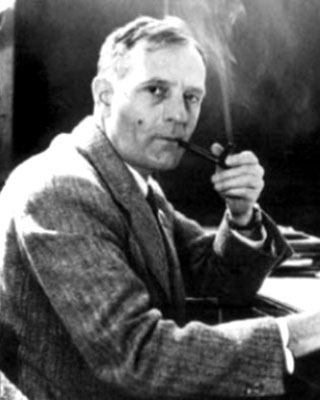
Image: Edwin Powell Hubble, Franklin Medal (1939), Gold Medal of the Royal Astronomical Society (1940).
Hubble diagram
The Hubble diagram was established in 1929, based on analysis of the radial velocities of galaxies, measured by Slipher Vesto from redshifts of spectral lines. It represents the speed of galaxies according to their distance, i.e. more a galaxy is from us, more it seems to move away quickly. It is from this study that the concept of expansion of the universe appears. The rate of expansion of these galaxies is the Hubble constant (Hο) calculated by Edwin Hubble and George Lemaitre in 1930. This discovery permits go back to the Big Bang and give an age to the observable universe which at the time was estimated to be between 12 and 14 billion years. Universe in 2013 according to the analysis more detailed, of the Planck telescope is old 13.8 billions years.
The inverse of the Hubble constant is called the "Hubble time" it is the time since the Big Bang, so the age of the universe. Hubble stated in 1929, his famous law: "The galaxies are moving away from each other at a speed proportional to their distance."
Image: the Hubble diagram represents the speed of galaxies according to their distance, i.e. more a galaxy is from us, more it seems to move away quickly. It is from this study that the concept of expansion of the universe appears. Credit NASA.
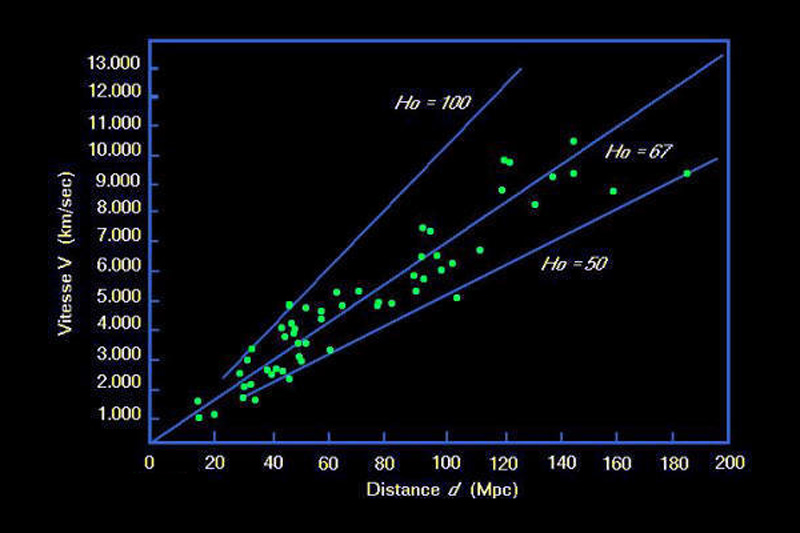
Articles on the same theme
1997 © Astronoo.com − Astronomy, Astrophysics, Evolution and Ecology.
"The data available on this site may be used provided that the source is duly acknowledged."
How Google uses data
Legal mentions
English Sitemap − Full Sitemap
Contact the author
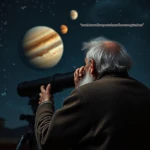 The Secrets Exchanged by Galileo and Kepler Were Coded
The Secrets Exchanged by Galileo and Kepler Were Coded
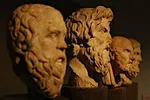 Influential Greek Thinkers
Influential Greek Thinkers
 What do we know about Pythagoras (≈570-495 av. J.-C)?
What do we know about Pythagoras (≈570-495 av. J.-C)?
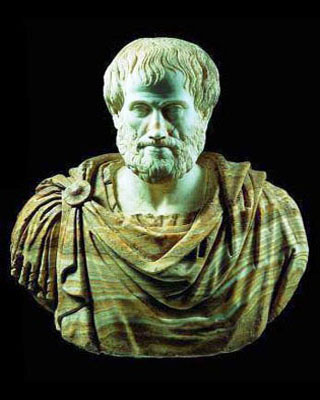 The philosophical characteristics of Aristotle (384 - 322 BC)
The philosophical characteristics of Aristotle (384 - 322 BC)
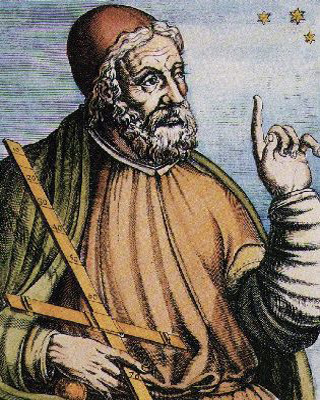 The world of Ptolemy (90-168)
The world of Ptolemy (90-168)
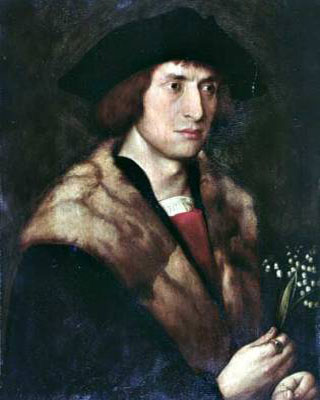 The theory of Copernicus (1473-1543), heliocentrism
The theory of Copernicus (1473-1543), heliocentrism
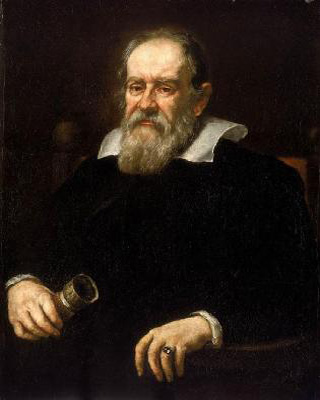 Galileo (1564-1642) and the moons of Jupiter
Galileo (1564-1642) and the moons of Jupiter
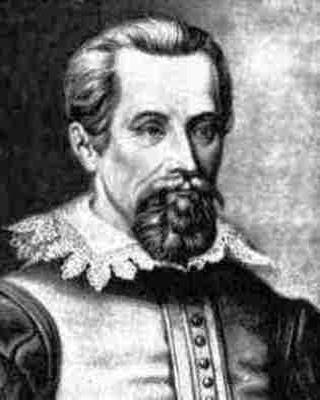 Kepler (1571-1630), planets follow ellipses
Kepler (1571-1630), planets follow ellipses
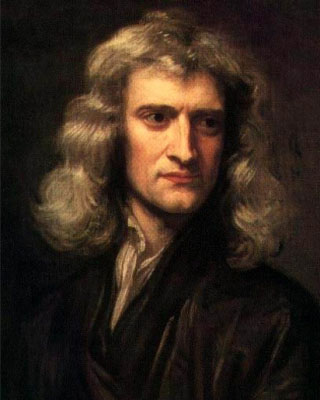 Newton (1643-1727) and gravity
Newton (1643-1727) and gravity
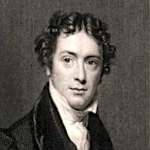 Michael Faraday, Self-Taught Genius: The Origins of Electrodynamics
Michael Faraday, Self-Taught Genius: The Origins of Electrodynamics
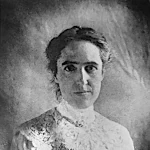 Henrietta Swan Leavitt (1868-1921), A Pioneer in Astronomy
Henrietta Swan Leavitt (1868-1921), A Pioneer in Astronomy
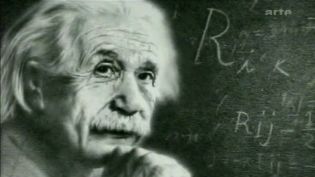 Einstein (1879-1955) and the concept of time
Einstein (1879-1955) and the concept of time
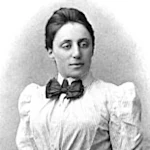 Amalie Emmy Noether (1882-1935), the Mathematician Who Revolutionized Algebra
Amalie Emmy Noether (1882-1935), the Mathematician Who Revolutionized Algebra
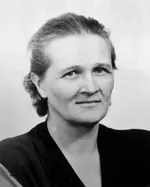 Cecilia Payne (1900-1979), the Scientist Who Revealed the Composition of Stars
Cecilia Payne (1900-1979), the Scientist Who Revealed the Composition of Stars
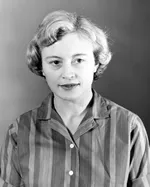 Margaret Burbidge (1919-2020): An Exceptional Journey in Astrophysics
Margaret Burbidge (1919-2020): An Exceptional Journey in Astrophysics
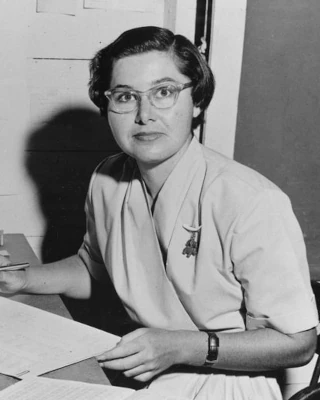 Vera Rubin (1928-2016), Revealer of the Invisible, Pioneer of Dark Matter
Vera Rubin (1928-2016), Revealer of the Invisible, Pioneer of Dark Matter
 Jocelyn Bell Burnell (1943-), the Scientist Who Discovered Pulsars
Jocelyn Bell Burnell (1943-), the Scientist Who Discovered Pulsars
 Quotes about Science
Quotes about Science
 Babylonian Astronomy and Astrology: History and Contributions
Babylonian Astronomy and Astrology: History and Contributions
 Galilean Cutoff or the Beginning of Modern Physics
Galilean Cutoff or the Beginning of Modern Physics
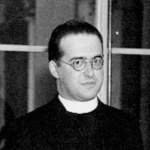 Georges Lemaître: The Primeval Atom at the Origin of the Cosmos
Georges Lemaître: The Primeval Atom at the Origin of the Cosmos